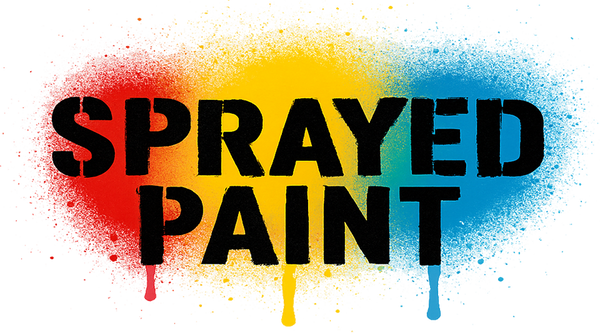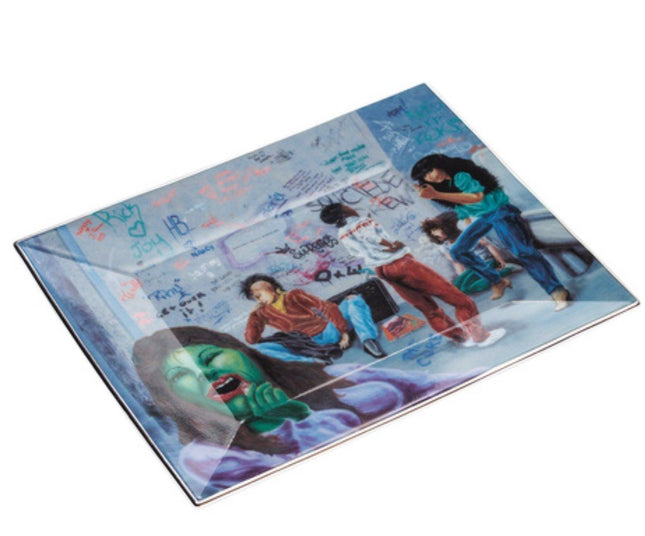
Pop art, street art, and graffiti art, three artistic genres often viewed as countercultural, have extensively explored the topic of school and education, reflecting its societal significance. These art forms have not only portrayed schools and education as a theme but have also used them as a medium for social commentary and critique, making them instrumental in driving conversations about educational reforms and policy changes. In the realm of pop art, a genre characterized by its use of popular culture and consumer goods, the theme of education has held a significant place. Renowned artists like Andy Warhol have created works featuring educational symbols and themes. For instance, Warhol's "Flash - November 22, 1963," a series of prints based on textbooks about John F. Kennedy's assassination, explores the way education mediates historical events. Additionally, other pop artists have used school-related imagery, like textbooks, chalkboards, and classroom scenes, to interrogate the commercialization of education and its effects on society. Street art, on the other hand, has often taken a more grassroots approach to the topic. This form of public art, visible in urban landscapes worldwide, frequently incorporates messages about education. It's not uncommon to see murals depicting students and teachers or graffiti scrawled with slogans calling for educational equality. Banksy, the enigmatic British artist, is known for using street art to critique various societal institutions, education being one of them. His piece "Learn to Dream" represents a child raising a pencil like a sword, which has been interpreted as a commentary on the power of education and the importance of nurturing creativity in schools. Graffiti art, sometimes considered a subset of street art, has also used education as a central theme. Graffiti, often associated with rebellion, has been used by artists to express frustration with educational systems or to advocate for change. One classic example is the "Reading is Power" graffiti that emerged in several cities in the U.S during the late 20th century. This simple yet powerful message emphasized the transformative potential of education, especially in marginalized communities. Similarly, many graffiti artists have used their art to raise awareness about issues like educational disparities, school funding cuts, and the school-to-prison pipeline. Moreover, school and education-themed art in these genres have often prompted dialogue about the role of art in education itself. Many argue that the presence of such art in public spaces can act as an educational tool, helping to engage the community in social and political issues. This idea has led to the incorporation of street art and graffiti into educational curricula in some places, further blurring the boundaries between education and art. To sum up, the themes of school and education have played a significant role in pop art, street art, and graffiti art. These genres have provided artists with a platform to explore, critique, and challenge the educational status quo while promoting dialogue about the critical role of education in society. This exploration is not merely an artistic choice but a testament to the power of art as a tool for social commentary and change.

